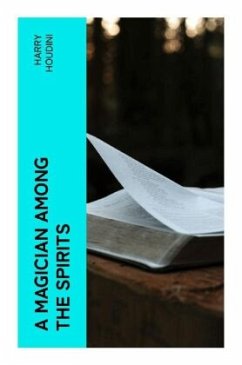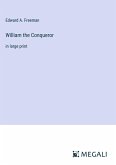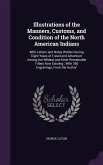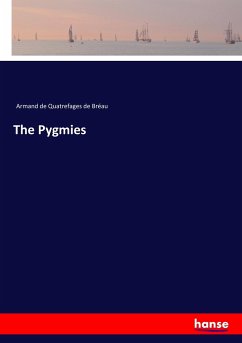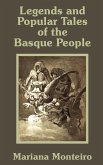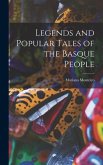In "A Magician Among the Spirits," Harry Houdini intricately weaves together his experiences in the realms of magic, illusion, and spiritualism, blurring the lines between entertainment and belief. Written during a period when spiritualism was gaining immense popularity in the early 20th century, the book employs a captivating narrative style infused with a blend of skepticism and wonder. Houdini delves into the practices and machinations of mediums, exposing the tricks they employ while simultaneously exploring the humane quest for connection beyond the grave. This work is a fascinating reflection of the era, marked by a rising modern skepticism toward spirituality, making it a critical piece in both the literature of magic and spiritual inquiry. Harry Houdini, known primarily for his death-defying stunts and illusions, was equally passionate about unveiling deception. His personal connection to the subject matter, fueled by the tragic loss of his mother, drove his fervent desire to debunk fraudulent mediums. Houdini's own experiences navigating this intersection of illusion and reality grant an authentic voice to his narrative, highlighting the dichotomy between belief and skepticism in the search for truth. For readers drawn to the historical interplay between magic and spiritualism, Houdini's "A Magician Among the Spirits" is an essential exploration of human belief and deception. It offers not only insight into the mechanics of illusion but also invites reflection on the deeper questions of existence and mortality, making it a thought-provoking read for both scholars and casual enthusiasts alike.
Bitte wählen Sie Ihr Anliegen aus.
Rechnungen
Retourenschein anfordern
Bestellstatus
Storno

